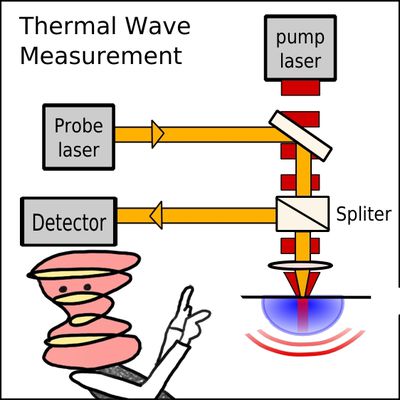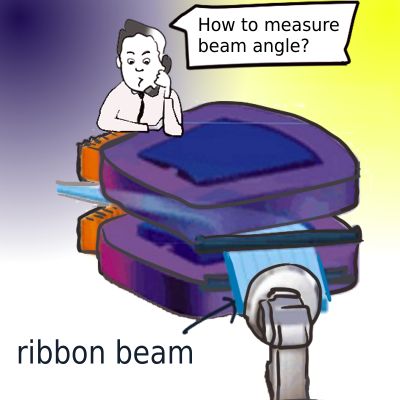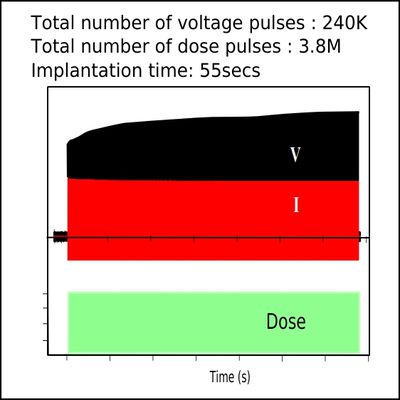Summary
High resolution micro-uniformity map of ion beam angle is valuable to monitor beam quality control performance of an ion implanter. It provides details about within-die and within-wafer angle variations.
- select language:
- En

The widely-used method to verify beam angle accuracy is the V-curve using channeling effects

The current V-curve technique involves implanting 3 or 5 wafers at implant tilt angles offset around a theorical channeling angle. The mean of TW measurement each wafer is used to produce the V-curve

It is not efficient to measure a lot of data just to find the mean. Instead, it would be good if each data point can create its own V-curve. This enable us to generate high resolution micro-uniformity map of ion beam angle.

KLA-Tencor TP680XP can perform high resolution TW measurement with a lateral resolution of less than 1.5mm. This allows to achieve micro-uniformity mapping of ion beam angle

The high resolution angle map can identify beam control quality as well as details of within-beam angle variations

Angle information measured with bare wafer or beam control system must be verified through device results that is sensitive to beam angle variations .
- Scroll to:
- Previous
- Ep2
Reference
- David, Jonathan, and Dennis Kamenitsa. “Angle performance on optima MDxt.” 2012.
- Zhao, Z. Y. “Ion Implantation Angle Variation to Device Performance and the Control in Production.” AIP Conference Proceedings, 2003.
- Ninomiya, S., Sasaki, H., Ido, N., Inada, K., Watanabe, K., Kabasawa, M., & Ueno, K. (2014). Precise beam angle control in the S-UHE, SEN’s single-wafer ultra-high energy ion implanter. 2014 20th International Conference on Ion Implantation Technology (IIT).






Leave a Reply